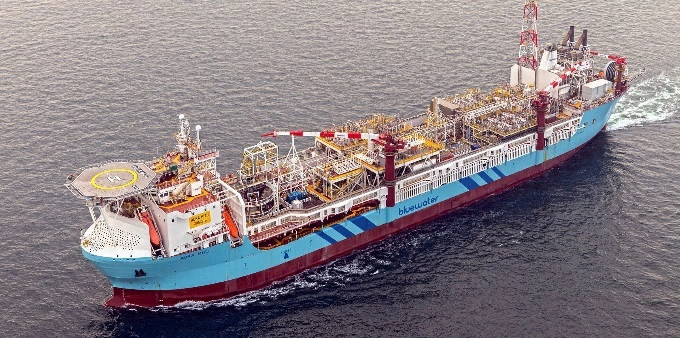Analysis Of The Influence Of Position Fairlead On The Ratio Of Damage Due To Fatigue In Type Moring Rope Structures Catenary Fpso Aoka Mizu
DOI:
https://doi.org/10.62012/zl.v5i1.31658Keywords:
Abstract
This research discusses the effect of fairlead position on the fatigue damage ratio of the Aoka Mizu Floating Production Storage and Offloading (FPSO) catenary structure during moored conditions. The FPSO is subject to the influence of ocean waves, ocean currents, and wind that can cause significant movement, jeopardize the catenary mooring system, and disrupt the production process. This study utilizes a numerical method based on the Boundary Element Method and uses environmental data from the Masela Block, which includes wave, wind, and current data. Three variations of fairlead position (0.3T, 0.5T, and 0.9T), each referring to the fairlead distance from the laden to the ship's keel, were tested with a rope length of 3100 m and a sea depth of 1000 m. The results showed that a fairlead position of 0.3T resulted in low stress and damage levels, while fairlead positions of 0.5T and 0.9T resulted in higher stress and damage. The fairlead position plays an important role in determining the stability and performance of the FPSO catenary structure. A fairlead position of 0.3T appears to be the most favorable option to reduce the risk of damage and stress to the FPSO Aoka Mizu catenary mooring system during moored conditions.Downloads
References
Assidiq. F. M, dkk. Fatigue Analysis of Catenary Mooring System due to Harsh Environment in Head Seas. Ocean Engineering, Faculty of Engineering, Hasanuddin University, Hlm. 30-38, 2018.
Weicheng Cui, Shixiao Fu, Zhiqiang Hu. Fatigue of Mooring Lines. Hlm. 527–533, 2022.
Rafliansyah Azhar Puteraa, Eko Budi Djatmikoa, dan Murdjitoa. Local Stress Analysis in the Chain Link of Mooring Line That Had Diameter Degradation. Department of Ocean Engineering, Institut Teknologi Sepuluh Nopember, Hlm. 1-9, 2021.
DNV OS E304. Offshore Mooring Steel Wire Ropes. Norway: Det Norske Veritas. Hlm. 26-27, 2015.
N. S. Aulia and F. M. Assidiq, “Comparative Numerical Analysis Fatigue Damage Based On Variation In Quantities Mooring Line On Aker Smart 2 FPSO”, Journal of Maritime Technology and Society, vol. 3, no. 1, pp. 21-32, Feb. 2024.
B. Purnama and F. M. Assidiq, “Numerical Studies Fatigue Damage From Material Variations Catenary Mooring System FPSO Al Zaafarana”, Journal of Maritime Technology and Society, vol. 3, no. 1, pp. 52-62, Feb. 2024.
A. E. Ramadani and F. M. Assidiq, “Analysis of The Effect of mooring Depth & Fatigue Damage on Mooring Line FPSO Ship Azurite In The Masela Block”, Journal of Maritime Technology and Society, vol. 3, no. 1, pp. 33-42, Feb. 2024.

Downloads
Published
How to Cite
Issue
Section
License
Copyright (c) 2024 Nur Indah, Fuad Mahfud Assidiq

This work is licensed under a Creative Commons Attribution 4.0 International License.
Allow anyone to modify, improve, and make derivative works, even for commercial purposes, as long as they credit to you for the original work.




























